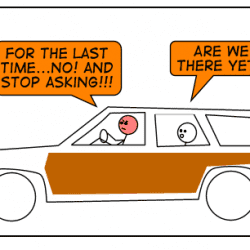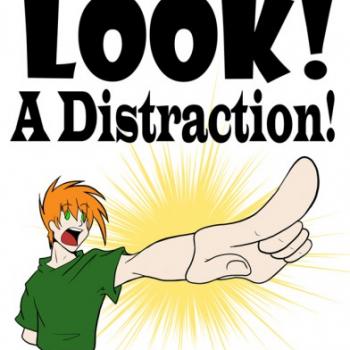Media affect preachers and politicians alike

When I pulled up the news online Tuesday evening and saw blurbs about Hillary Clinton getting choked up during a community meeting, I let out a resigned sigh.
“Just watch,” I said to my wife, Amy. “Tomorrow morning’s headline will be about her emotions.” Sure enough, the first sentence of the top story talked about her choking back tears as she spoke.
My first reaction is annoyance, assuming that this sort of publicity is desired by those folks who want to portray a woman as emotionally incapable of handling the presidency. Who, after all, wants a leader who gets misty with their finger on the button, or in front of high-powered international diplomats, right?
Then I started thinking back to her husband, Bill, and his now-infamous “I feel your pain,” speech. The president – then a candidate – responded to ACT UP member Bob Rafsky who claimed that “We’re not dying of AIDS as much as we are dying of 11 years of government neglect.” Clinton’s emotional response has been parodied regularly for 15 years since.
We say we want leaders with whom we can relate, but we deride them for showing real feelings. We claim to seek “real people” for government offices, but then discredit them as weak if they demonstrate the capacity for normal emotions.
Candidates these days submit to a 24-hour-a-day microscope for as much as two years, followed by another four if they actually win. There is little safe harbor from the public spotlight anymore. While some claim this is an inherent part of modern politics, it hasn’t always been this way.
Ever since John F. Kennedy used television to help launch him beyond Nixon into the White House, the criteria for effective politics have changed. Charisma, physical appearance and public speaking ability have become increasingly valuable traits, while positions on issues are reduced to sound bytes.
The emergence of the tele-evangelism phenomenon has done much the same to religion.
Everyone can call to mind the stereotypical televangelist: perfect, immovable hair, sparkling white teeth, an oversized, beatific smile and lilting drawl that practically harkens the angels straight from heaven.
Are these people for real? Well, no, they’re not. Much like the contemporary politician, they are brands, commodities pedaled by way of a powerful media tool. Those attributes highlighted by video are emphasized to the point of exaggeration, while other characteristics are muted or invisible. While a significant contingency of skeptics looks on in wonder, trying to figure out how anyone takes these characters seriously, the millions of dollars and tens of thousands of faithful come pouring in.
It’s no wonder, then, when a person who is desperately trying to live a contrived, superficial image such as that presented on television cracks under pressure, mascara streaking down their cheeks or blubbering in emotional ruin about their unexpected transgressions. How could they? We held them up on a pedestal, made them larger than life, and this is the thanks we get?
Absolutely.
While we don’t practice physical crucifixion these days, we do our share of character assassination, gleefully picking off those whom we once employed as vehicles for fantasy. It’s enough to suggest we haven’t learned much from our mistakes 2,000 years ago.
Jesus would likely have a hard go of it these days without a cadre of image consultants. Would caps on his teeth help him spread the Gospel? Would he embark on a global preaching tour, sponsored by Old Navy? Probably not. But how in the world would he get our attention otherwise?











